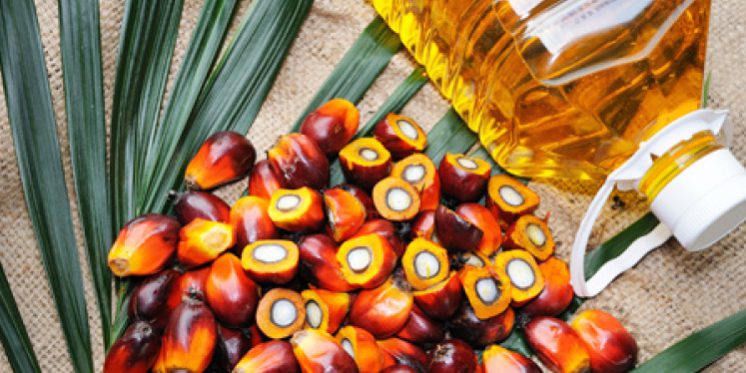KUALA LUMPUR: Synthetic palm oil does not contain vitamins A and E compared to natural palm oil rich with these nutritional values, the Malaysian Palm Oil Board (MPOB) said in a statement yesterday.
Its director-general Dr Ahmad Parveez Ghulam Kadir said the raw materials used to produce synthetic palm oil may not be from original sources, and as such it may not be priced as competitively.
“They can produce synthetic palm oil but cannot price the product competitively. The raw materials that they are using may not come from renewable sources. Finally, they [will not be able to] produce vitamins A and E currently present in natural palm oil. Will people use cosmetics and skincare products that come from waste oil and industrial by-products? Probably, they will end up using it for non-food such as biodiesel,” he said.
The MPOB director-general was referring to reports that New York-based C16 Biosciences is producing synthetic palm oil using microbes to convert food waste and industrial by-products through a fermentation process, touted as a replacement for the plant-derived version.
C16 Biosciences has reportedly received some US$20 million (RM82.6 million) in funding in the series-A investment round from the Bill Gates’ Breakthrough Energy Ventures Fund.
Ahmad Parveez also questioned the energy efficiency of the New York company’s fermentation process.
He added that a detailed life cycle assessment should be made before making claims that palm oil is a major driver of deforestation and a leading cause of climate change.
According to Ahmad Parveez, the outfit in question is claiming 31 million hectares (ha) of forests were cleared globally for palm oil cultivation between 1990 and 2004.
He added there has also been deforestation for the cultivation of other oil crops. Citing a study by the United Nations’ Food and Agriculture Organisation — between 2010 and 2018, an additional 30.5 million ha were cultivated for soybean globally.
“Oil palm cultivated areas account for less than 1% of global agricultural land of around five billion ha with other oilseed crops (~5%) and other crops (~23%) while livestock is the largest at around ~71%,” he explained.
On yields, oil palm recorded five to nine times higher than other oilseed crops such as soybean, sunflower and rapeseed — with productivity amounting to four tonnes of oil per ha a year.
“The fact is, currently the company could produce half a tonne of synthetic palm oil annually and with the new investment, they are expected to produce up to 50 tonnes,” Ahmad Parveez added.
As of March, 4.65 million ha or 78.8% of the 5.9 million ha of oil palm plantations in Malaysia had attained the Malaysia Sustainable Palm Oil certification, while 394 of 452 palm oil mills in Malaysia had done so.
Source: theedgemarkets.com










